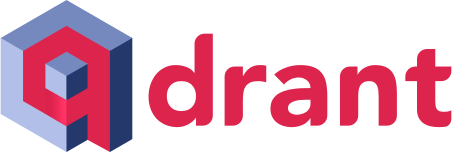All Connectors
Qdrant Data Connector

Qdrant Data Connector
The Qdrant Data Connector allows for connecting to a Qdrant instance giving you an instant GraphQL API on top of your Qdrant Vector Data.
About
Hasura Qdrant Connector
The Hasura Qdrant Connector allows for connecting to a Qdrant database to give you an instant GraphQL API on top of your Qdrant data.
Features
Below, you'll find a matrix of all supported features for the Qdrant connector:
| Feature | Supported | Notes |
|---|---|---|
| Native Queries + Logical Models | ❌ | |
| Simple Object Query | ✅ | |
| Filter / Search | ✅ | |
| Simple Aggregation | ❌ | |
| Sort | ❌ | |
| Paginate | ✅ | Pagination offset field only works for documents with Integer ID's |
| Nested Objects | ✅ | |
| Nested Arrays | ✅ | |
| Nested Filtering | ❌ | |
| Nested Sorting | ❌ | |
| Nested Relationships | ❌ | |
| Vector Search | ✅ |
Build on Hasura DDN
Get started by connecting your Qdrant cluster to a Hasura DDN project.
Fork the connector
You can fork the connector's repo and iterate on it yourself.
License
The Qdrant connector is available under the Apache License 2.0.







